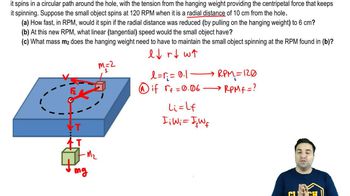It is desired to magnify reading material by a factor of 3.0 x when a book is placed 9.0 cm behind a lens.
(a) Draw a ray diagram and describe the type of image this would be.
(b) What type of lens is needed?
(c) What is the power of the lens in diopters?






